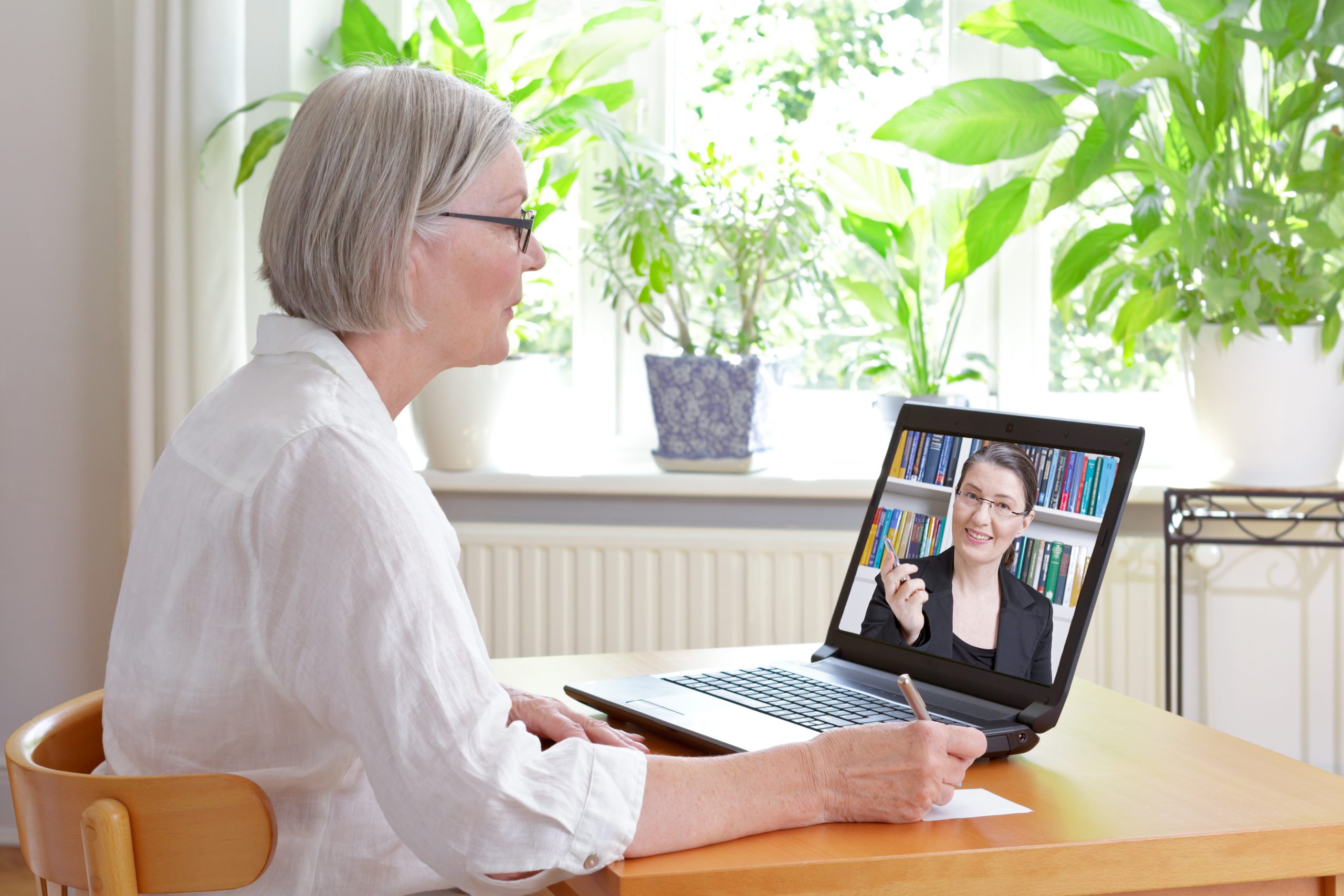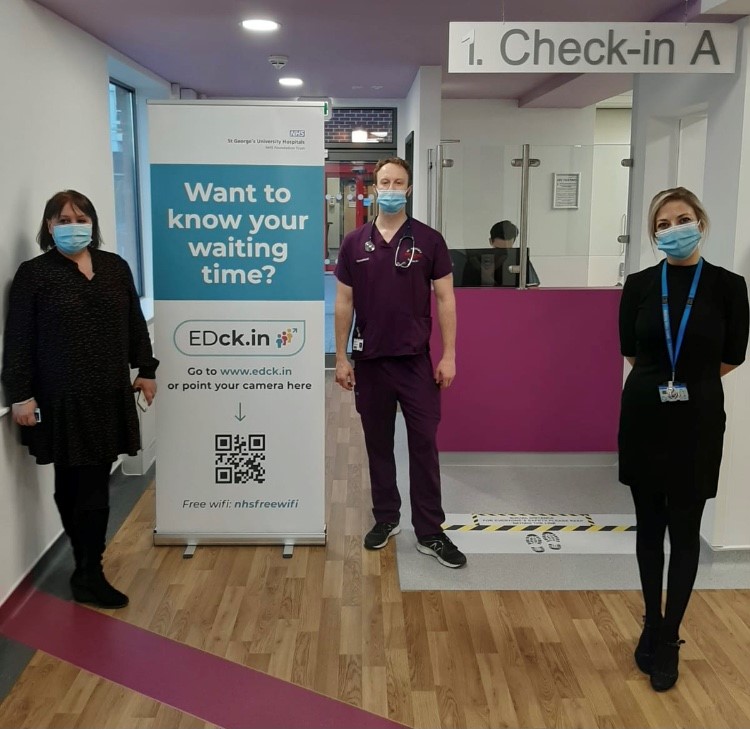Ruth Bradbury, Senior NHS Navigator at DigitalHealth.London, shares her reflections from a recent panel discussion at HETT about the possibilities for patient facing technology.
When I was asked to be part of this panel at HETT I was excited to be able to share the trends I am seeing through my work at DigitalHealth.London. I was fortunate to be joined by clinicians and leaders with years of experience in implementing patient facing technologies. They have seen it all from the highs to the lows.
Our Chair, Rishi Das Gupta, CEO of the Health Innovation Network South London, brought his enthusiasm for the topic with an opening question around what we have seen that is ‘cool’? Now, there are lots of ‘cool’ technologies at different stages in development – emerging proof of concepts or established players delivering systemic change, but what makes something cool? Is it the super-duper AI behind the scenes, the ease and convenience for the user, or the clinical outcomes?
My fellow panellists talked about their work in renal transplant and maternity care and how they have worked with patients and clinicians to improve the clinical pathway for their patients through implementing technology. They also referenced groundbreaking AI technologies that turn your smartphone into a medical device equipped to measure clinical vital signs. For me though, the ‘cool’ bit about patient facing technology is where it enables the patient to be involved in their care and in an empowered position to take control of their condition and their management.
A current trend that we are seeing at DigitalHealth.London is in Long Term Condition (LTC) management. Patients with LTCs are a high need population for health and care services. With clinical services that are stretched, risk stratification of patient need becomes even more valuable to ensure patients get clinical input at the right time.
Some examples that I have seen through my work include innovations which allow patients can share photos and videos of themselves; these can support their clinician to better manage their condition through the image record alone or AI analytics which can track change and direct management. Patients who are able to log their daily routines and medication can provide more reliable information to their clinicians to support virtual management or more effective face-to-face appointments. And technologies that support the patient to take control and ownership of their LTC can demonstrate improved clinical outcomes, reductions in secondary care re-admission or reduction in outpatient follow up, and overall improved quality of life. I think those are the impacts that make patient facing technologies cool!
One of the discussion points focused on the role of patients and users in the development and implementation of technology. Sian Thomas, SRO for Digital Maternity Cymru, talked about how her work rolling out a digital maternity record involved collaboration with women and birthing partners. Collaboration could involve co-design and co-production, but involvement of patients and users needs to consider the diversity of the population so that health inequalities are recognised and targeted. For the supplier developing a patient facing technology, understanding health inequality issues and engaging with the right people can be challenging, but there are broad brush actions that can be taken. For example, is the tech accessible in different languages or via mobile and web apps? Is the user interface and experience simple enough to manage differing levels of digital literacy? Beyond this, suppliers and health and care teams have a role to dig deeper into the specific needs of the target population so that implementation does not leave people behind.
So, we know there are many 'cool' patient facing technologies out there, with new ideas and products ready to be launched to the health and care system. The un-cool part is how to get these ideas and products into the hands of the patients and clinicians; the challenge of navigating the system, finding the champion and ultimately the money. At DigitalHealth.London we make this un-cool part part of our everyday mission. We work with innovators to help them understand where they should be focusing, where the need is, and who they should be talking to. And not forgetting supporting innovators to build the evidence base to demonstrate the value of their ‘cool’ innovation. For me, working with digital health innovators and clinicians to ultimately get technology into the hands of the patient is what makes it all possible.




